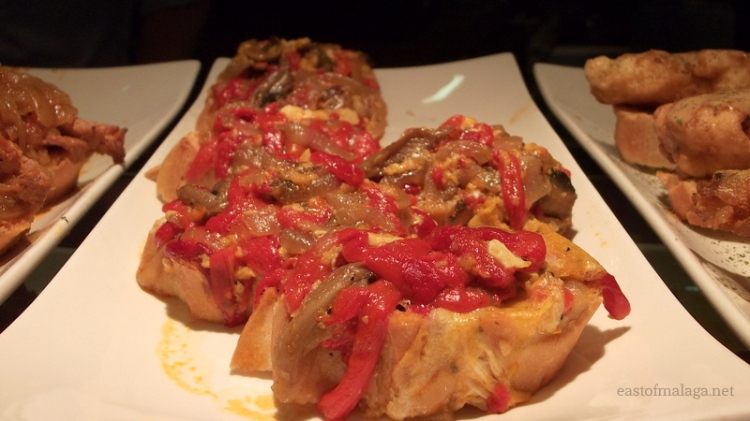
When I was in New Zealand earlier this year, I stayed with a lovely lady called Val, who introduced me to Herman the German Friendship cake. Val was only part way through the 10-day cycle of making the cake, so I wasn’t able to join in with the fun. Besides which, I was travelling at the time, so it wasn’t very convenient.
Herman the German is a sourdough cake, often received from a friend as a “starter mix” and which sits on your kitchen counter for ten days, bubbling away, covered with a tea towel. Along with your starter mix, you also receive written instructions on how to proceed. On the tenth day, you divide the mixture to share with your friends, and bake your cake.
To be honest, since returning home to Spain from New Zealand, I’d forgotten all about Herman.
A few weeks ago, Sue, a FB friend and fellow expat blogger from Extremadura in Spain, asked if anyone was interested in sharing some of her starter dough for Herman’s Spanish equivalent: Bizcocho de las Carmelitas Descalzas de Sevilla (The Barefoot Carmelite nuns of Seville cake). I should imagine you were wondering where the nuns came into it!
Anyway, how could I refuse?
All we had to figure out now was how she would get the starter mix to me when we live about 500 kilometres apart!
Fate stepped in – in the form of The Open-Air Theatre Project, a small, rural community from the Alpujarra mountains in southern Spain with their dream of building an open-air theatre. To cut a long story short, Sue was on her way to meet up with the group, and she kindly diverted from her route to deliver my starter cake-mix, together with a sheet of instructions in Spanish (of course).
She also brought me five jars of the most delicious home-made plum, cherry, fig and loquat jam. YUMMY!
How lucky am I?
As soon as I got home from meeting Sue, I tipped the bubbling dough mix into a large pot bowl, covered it with a tea towel and, over the next ten days, followed the written instructions to the letter – sometimes adding ingredients, often doing nothing.
Today is the tenth day – so, this morning I set about dividing the mixture into four, in order to be able to give away three “starter mix” portions to friends and neighbours, added the extra ingredients and made my cake!
If you want to have a try yourself, you can get the recipe for Herman the German cake by CLICKING HERE. Don’t worry if you don’t have any friends anyone to give you the starter mix. You can always start the cake off, yourself, but I really liked the idea of the sharing bit. If you live near me and would like one of my starter kits, let me know!
Herman’s Spanish sister cake can be found by Googling “Bizcocho de las Carmelitas Descalzas de Sevilla”, choose one of the links and click on “translate this page” and Bob’s your Uncle – so to speak!
MY TOP TIP: After cooking for 45 minutes, take the cake out of the oven, cover with foil to prevent the top from burning, and pop back into the oven for a further 15 – 20 minutes to make sure the middle is cooked well enough.
So – should Seville’s barefoot nuns have faith in my cake-baking skills?
I think so – but I’d love to know what you think!






























